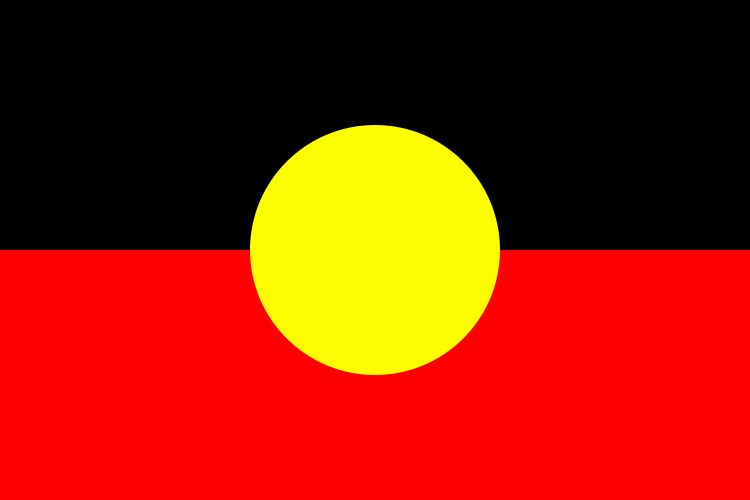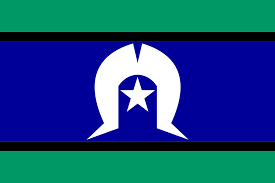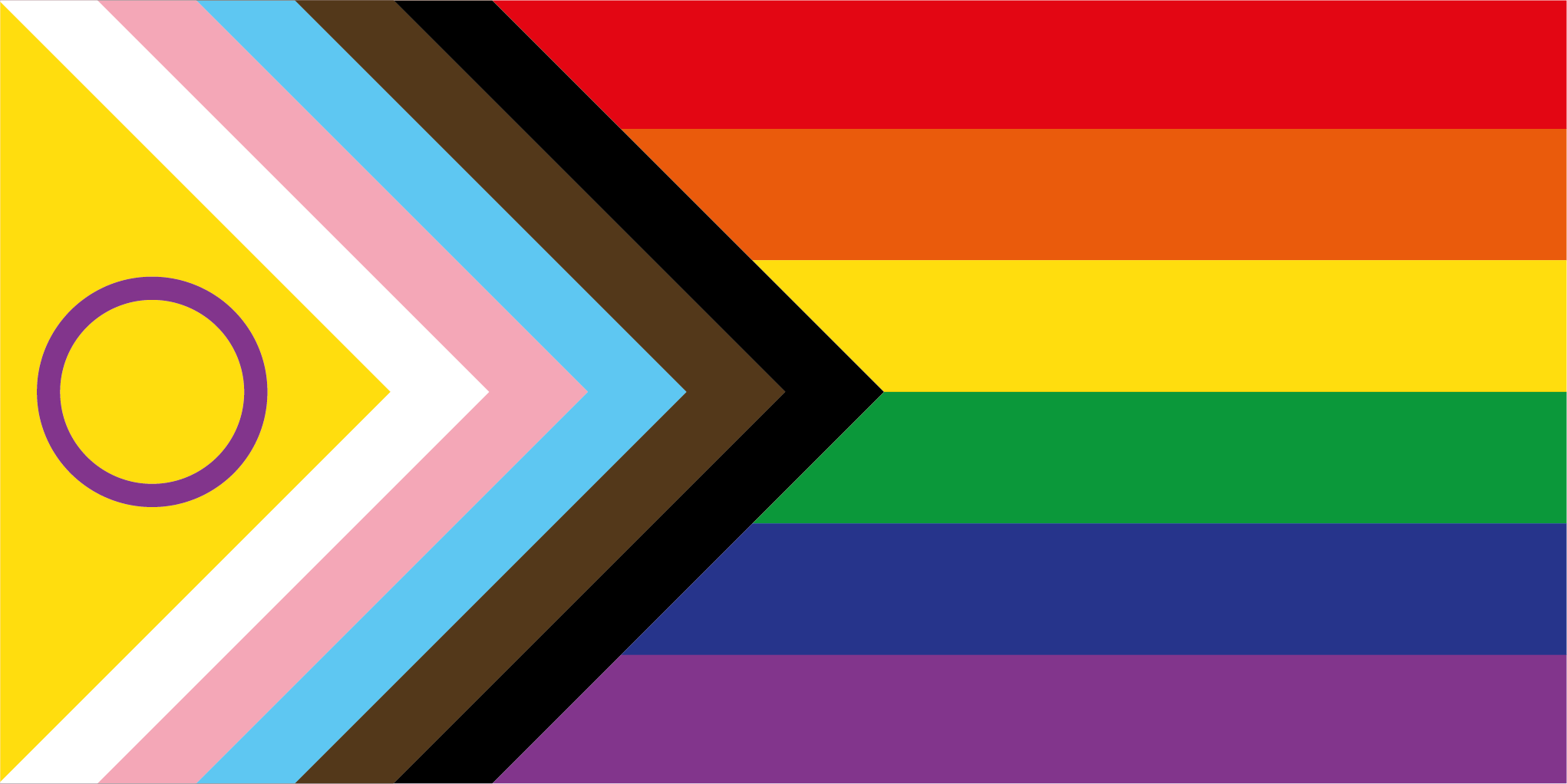Natural Environment

The northern Bellarine coastal reserve, including the Point Richards Flora and Fauna Reserve, has significant ecological value. Areas of a low-lying dune system, herb-rich woodlands and a mosaic of wetlands traverse the coastal landscape providing habitat significant native wildlife, in particular the Growling Grass Frog and Red-capped Plover. The headlands and cliffs are distinctive features of the landscape that continue to evolve, creating a character that is much loved by locals and visitors alike.
There are many important heritage features dotted along the coastline, and places that tell the Aboriginal history and continuing connection to Country.
As the population of the local community grows, there is increased pressure on the natural environment as a result of increased human activity and the expansion of townships. Potential negative impacts of the increased pressure include:
- increased wildlife disturbance;
- trampling or removal of vegetation;
- increased litter;
- increased habitat fragmentation; and
- changes to stormwater runoff.
A key goal of Bellarine Bayside is to protect and enhance the natural environment. Since 2012, we have been implementing a comprehensive program to progressively rehabilitate native vegetation through weed management and revegetation.
Our conservation highlights in 2020-21 include:
- Planting over 12,000 native trees, shrubs, grasses and groundcovers along the entire coastal reserve.
- Securing funding to build on our existing Red-capped Plover monitoring and habitat restoration in partnership with Birdlife Victoria. This has been supported by the Victorian Government through the Port Phillip Bay Fund.
- Around 425 new Hairy Spinifex (Spinifex sericeus) seedlings have been planted along our coastline, building on an ongoing project to replace introduced Sea Wheat Grass (Thinopyrum junceiforme) and aid in erosion management.



